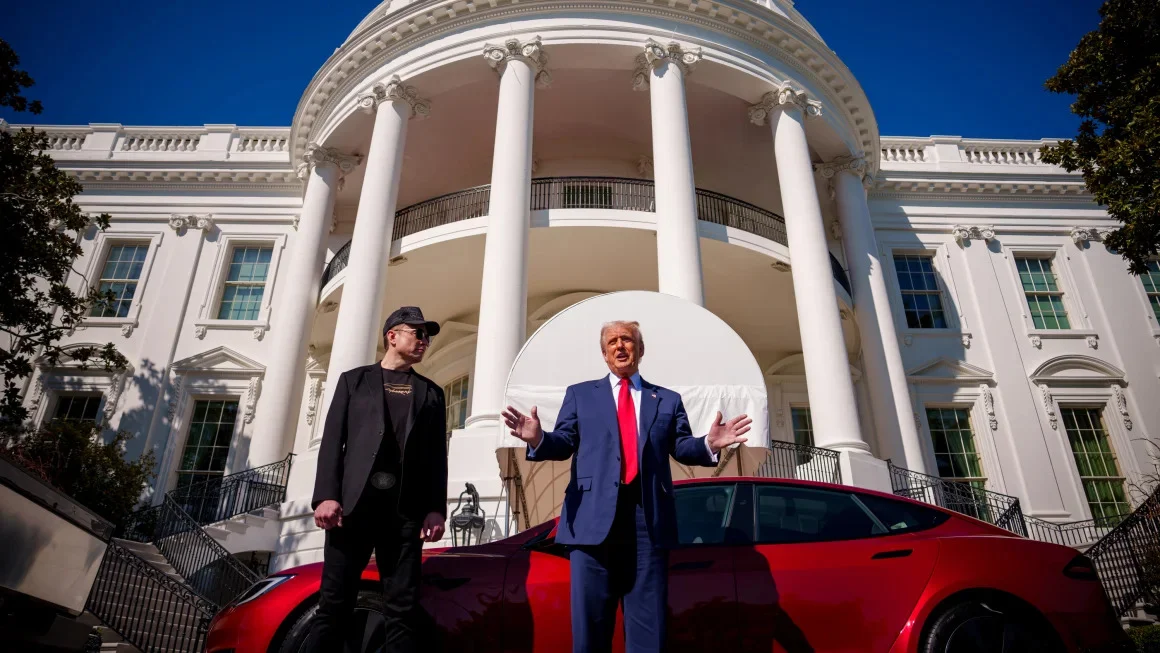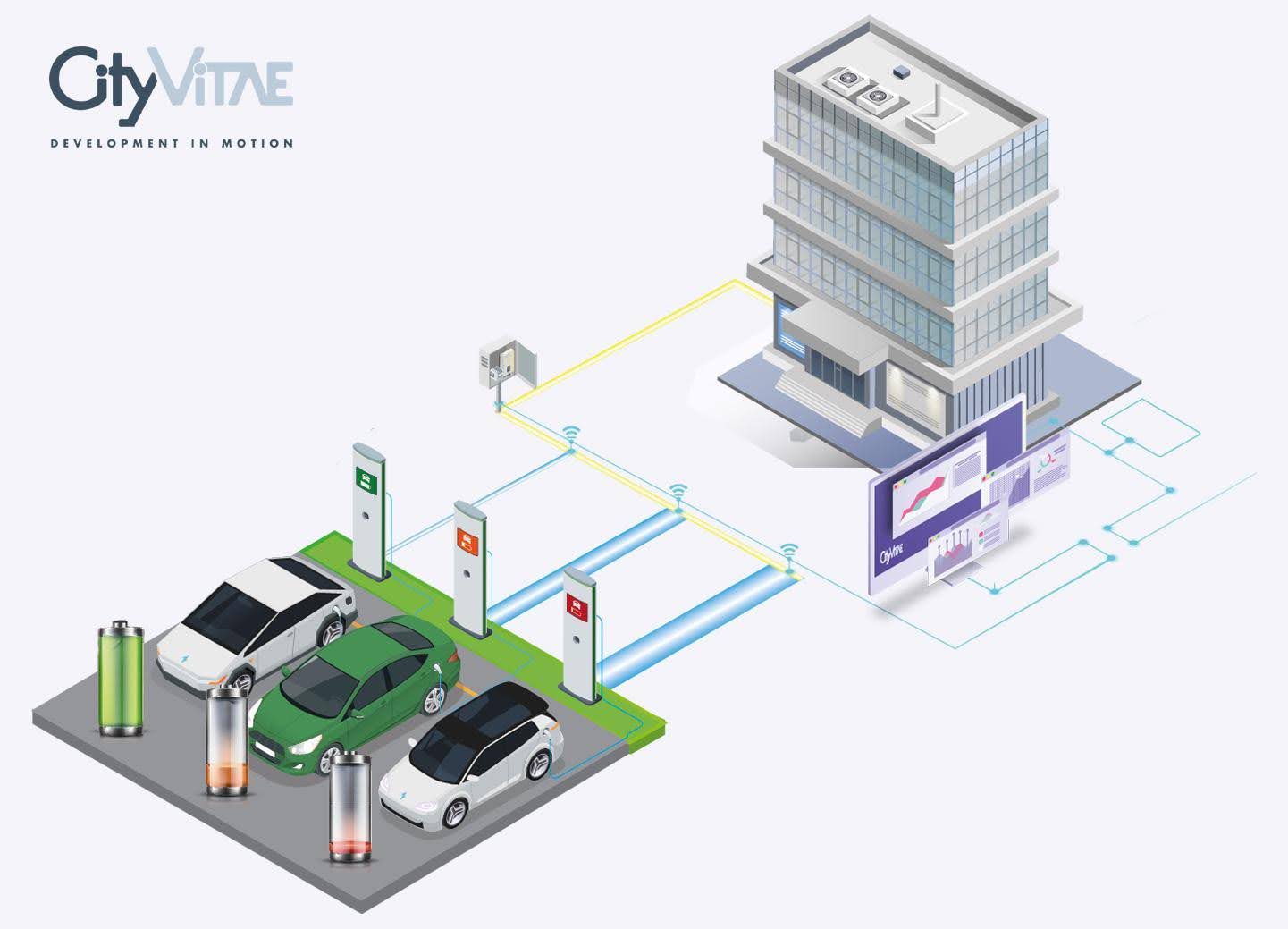We have thought that RangeAnxiety plays an important role in explaining the slow evolution of electromobility comparatively among some regions of the world. Today we have enough information to demonstrate that the key activators of electromobility are others. In this article, I will analyze them in a comparative way between some countries.
https://www.linkedin.com/pulse/thinking-fast-slow-what-challenges-singapore-chili-florida-francino/
Ever since I had the pleasure of reading Daniel Kahneman in his fantastic “Thinking fast and slow”, I have been surprised by how much the two systems, “System 1” (fast and emotional) and “System 2” (slow logical and calculating), help explain many phenomena around us. Sometimes they explain what we know, but sometimes they shed light on what we do not know (always more complex to identify!)
In the case of electromobility (EM), we have what is called “Range Anxiety”. This is the perception that our car will not reach the end of our journey with the current battery charge. It is generally accepted that this is one of the greatest challenges to the adoption of EM.
On the other hand, the more rapid adoption of EM in some Northern European countries is often explained by a greater public awareness and the higher level of technological innovation.
I don’t believe that either one of the above can explain the different speeds of EM adoption.
Norway is not on the list of the 20 most innovative countries in the world, according to the “Global Innovation index” 2019, yet it is the first country in the world when it comes to EV adoption. This article explains why Norway is ahead of what is starting to be a global phenomenon: The decision to acquire an electric car, even when they are more expensive and do not have the same range of distance of a combustion one.
https://www.greencarreports.com/news/1123160_why-norway-leads-the-world-in-electric-vehicle-adoption
I have also explored the EM status of one of my favorite country-states: Singapore. With an area of 719Km2 (190th out of 225 countries in the world), and with a population of 6 million (113th out of 225), but with a global Innovation Index that places it as the 8th most innovative country, ahead of Germany, Japan or France. Taking the “parallel” from Changi to Tuas, one travels the greatest distance possible within the country in a single trip, and this is less than 60 km.
At the end of 2018, 0.07% of the vehicle fleet in Singapore was electric, (600 cars), while in the same year Florida (second in the US after California in EV adoption) had 40,000 electric cars (or a 0,2%, 3 times more.)
According to the United States Department of Energy, the median range of EVs increased from 73 miles (117km) in 2011 to 125 miles (201km) in 2018, an increase of 71%. Both higher than the average distance traveled by car by Singaporeans: 50km.
And yet some continue to blame Range Anxiety for the non-adoption of EV in Singapore and elsewhere.
Range Anxiety is a fact, but not an explanatory variable because, as Kahneman explains, there are decisions that human beings make unconsciously. We are used to refueling once every 10 days on average. We are “designed” to repeat a routine, but we are not as comfortable re-inventing new ways. Hence, it is hard for us to rethink refueling as something we do every 2 or 3 days. Moreover, not only do drivers need to get comfortable with this new more frequent routine, but they also need the reassurance that there will be enough chargers along the journey they need to take.
Indeed, the presence of a network of chargers in public spaces is one of the biggest accelerators for EV adoption. The challenge, of course, is who will finance this infrastructure when, for example, in the case of the USA, the network required in public spaces in 2025 will be of 625,000 chargers (25,000 of them fast chargers) or US$3bn.
Other studies have identified further barriers, and solutions, to the implementation of EV that could counterbalance our brain System 1. For example, in Singapore, the high cost of the Certificate of entitlement (COE) and the Purchase price of the car have been identified as barriers. The state could play a role here to lower these barriers of entry for consumers.
https://doi.org/10.11175/easts.12.285 (“Public’s Perception of Adopting Electric Vehicles: A Case Study of Singapore” Min XU, Qiang MENG, Yisi LIU)
In Spain, the document that regulates infrastructure installations for electric vehicles is called ITC-BT52 and was enforced on November 2017. In Chile, the economy with the highest per capita income in Latam and one of the two countries in America Latina that are part of the prestigious list of OECD member countries, EV regulations are planned for the second half of 2019.
I am definitely not a fan of subsidies, but I do believe that, in some cases, governments may have two responsibilities that are hard to delegate to the market economy.
- The first is to look around to understand and learn from what is working and what is not in other countries. We could create a global regulatory benchmark for EVs while respecting local idiosyncrasies.
- The second is to have a deeper insight into how citizens behave. And particularly the fact that all citizens have a System 1 as well as a System 2 brain.

MIT Sloan Fellow, CityVitae Founder & CEO – International Business Development and Urban Transformation, Miami, Florida, Santiago





